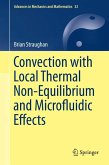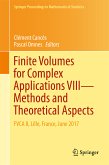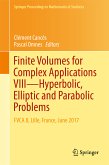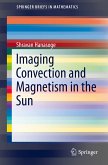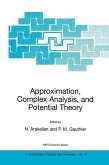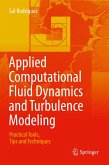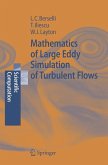The authors have produced an introduction that is clear and easy to read, leading the reader step-by-step into this topical area. Alongside the theoretical concepts and mathematical formulations, interesting applications are discussed. This combination makes the text useful for students and researchers in mathematics and physics.
Dieser Download kann aus rechtlichen Gründen nur mit Rechnungsadresse in A, B, BG, CY, CZ, D, DK, EW, E, FIN, F, GR, HR, H, IRL, I, LT, L, LR, M, NL, PL, P, R, S, SLO, SK ausgeliefert werden.
"This is a short but excellent research monograph that would be useful for the advanced study of and future research on vortex dynamics and its modern applications. I strongly recommend it to anyone interested in analytical and computational research on vortex filaments as well as quantum vortices and their applications. It would be suitableas a resource book for graduate-level research seminars for advanced graduate students and research professionals." (L. Debnath, Mathematical Reviews, May, 2015)



